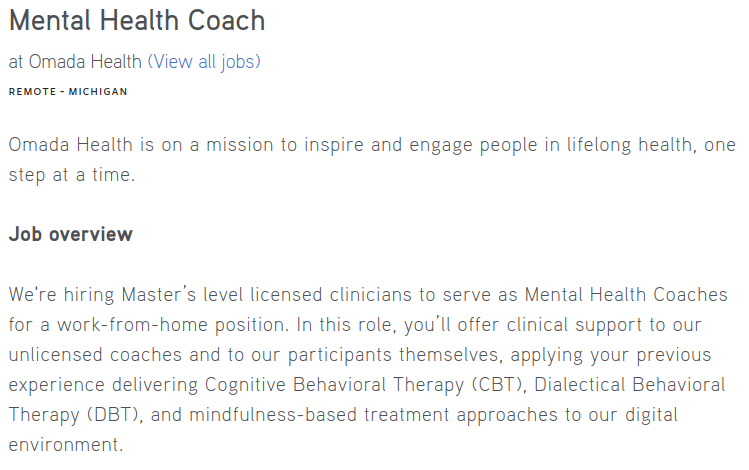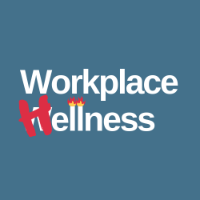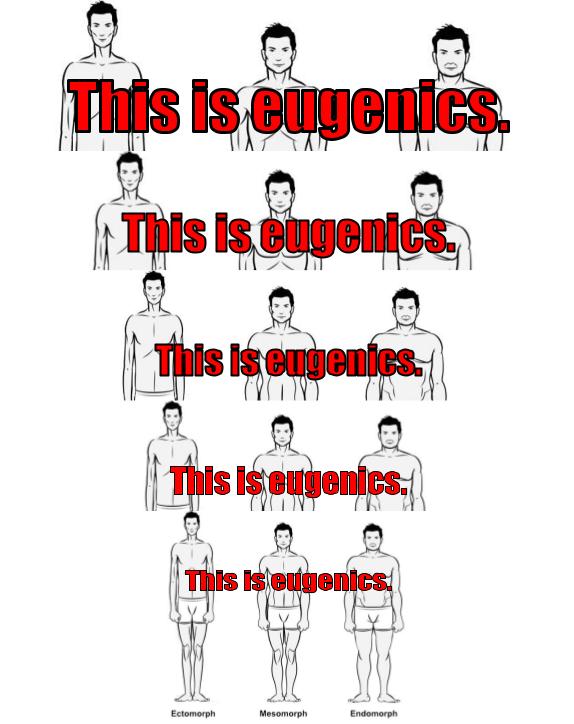
CW: Weight- and fat-shaming, ableism, disordered eating

Many workplace wellness programs and approaches exist, and, according to NPR, they are an “$8 billion industry in the US.” (The NPR article also points out that one of the best studies to date shows no healthcare savings or reductions in absenteeism from workplace wellness programs.) But from what I have seen in my own workplaces and in programs I have researched, workplace wellness programs share many faulty core assumptions:
1. Health is only individual
Workplace wellness programs put pressure on individuals to make lifestyle changes in diet, exercise, and smoking without addressing how the workplace can make that difficult. Employees will get baseline measures like blood glucose, blood pressure, cholesterol, weight and then programming and incentives to lower those numbers (it’s never about moving those numbers up even though these numbers can be too low). Employees are told to move more, eat less and to manage stress better.
But workplace wellness initiatives rarely include meaningful changes to the workplace. I have yet to see an organization hire more people to reduce unrealistic workloads or change expectations about people’s availability outside of normal working hours in the name of wellness. Wellness initiatives are often one more task put on employees’ to-do lists instead of a chance for an organization to reflect on how it could meaningfully change the workplace and culture to better serve the people who work there.
2. Weight and health are the same
Confusing weight and health lies at the heart of all workplace wellness initiatives. The surface focus might be on cholesterol or blood pressure or blood glucose, but weight loss is the real message. Omada, for example, says that its programming “empowers people to achieve their health goals through sustainable lifestyle change,” and their front page talks about diabetes, hypertension, and high cholesterol, but how does the program prevent these conditions?
Well, people who sign up for Omada get a wireless scale that automatically sends their numbers to a “professional health coach”* who bullies supports them as they work on their goals and also connects them with other people in the program. This peer groups uses “healthy competition” (I’m quoting their promotional video here, but I refuse to link to it) to make them feel bad about not meeting move them toward their goals. Remember that episode of The Office where Kelly Kapoor starves herself during an office-wide weight loss competition and then faints during the final weigh-in? I do, and that’s what I see in my head when I hear “healthy competition” and “workplace wellness” in the same sentence.
*I could not find information on the Omada website about what requirements health coaches need to meet, and their “Careers” page did not have any health coach listings. I did find a possibly not true post on a website saying that certification beyond a bachelor’s degree was a “bonus,” which…leaves me with some questions. After going back to the website, I found a listing for a mental health coach that mentions “unlicensed coaches.” I’ve included a screenshot in case the listing disappears.

This ad somehow leaves me with even more questions. Is the Mental Health Coach supposed to deliver therapy to unlicensed coaches, tell unlicensed coaches how to talk with clients about mental health, or some combination of the two? Are these coaches unlicensed in all senses of the word, or only unlicensed for mental health treatment? So. Many. Questions.
3. Standing desks are good
Standing desks are good for some people, but not for others. Also, standing in place all day is not good for you. Somehow standing desks have become the holy grail of wellness when these workstations are just one option for accommodating different people. The fascination with standing desks is also ableist nonsense. Some folks cannot stand up or stand for long, and when we talk about standing desks as if they’re the only thing between us and an untimely death, we’re telling those folks that they’re inherently unhealthy and doomed.
4. Your employer has a right to tell you how to be healthy
Some wellness initiatives are horribly intrusive, with public weigh-ins and team weight loss competitions (#rememberKelly). Some are less intrusive, with only you and your doctor knowing the numbers, with your goals and results kept private. And some connect you to a corporation that will surveil you in place of your employer. No matter what approach the wellness program takes, it brings personal health into the world of work.
“We pay for health insurance, so our employees’ health is our business!” is the underlying argument. That’s a bad and paternalistic assumption. Employers don’t have a say in how employees spend their salaries, and that is money that your employer is directly giving to you. This also argues (wrongly) that health is something you can manage at a corporate level. Health is unpredictable, changing, and dependent on many factors outside of individual control (genes, the environment, entropy, etc.). When employers try to manage employee health, things like a person’s preferences, cultural/national background, and priorities get reduced to numbers and goals. Wellness initiatives ignore the fact that an employee might need to prioritize their family’s safety right now over their exercise routine or that an employee needs financial stability before they can cook fresh, varied food at home on a regular basis.
5. Health and wellness exist to make you a better and cheaper worker
Organizations present workplace wellness initiatives as a benefit to employees, an extra that employers provide to make people’s lives better. That is, of course, a Big Lie. Studies on the effectiveness of workplace wellness programs focus largely on savings for employers. People within organizations might genuinely care about employees’ wellbeing, but the organization exists to make as much money as possible and to spend as little money as possible—even nonprofits and educational institutions. Workplace wellness exists for the employer, not the employee.
6. Prizes = awesome!
After the grim list above, this is a weird item to include, but I have yet to see a workplace wellness program that does not involve prizes. And, perhaps not surprisingly, these prizes tend to be surveillance devices that let you bring the Panopticon even further into your life. Fitbits seem to be the prize of choice right now despite no real evidence that they work. You know what would be a great prize? Excellent health insurance for all, reasonable workload expectations, and adequate sick time.





